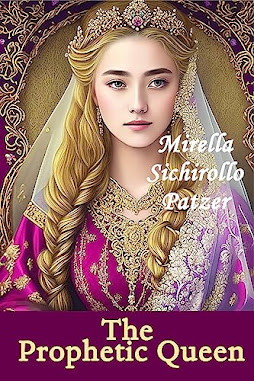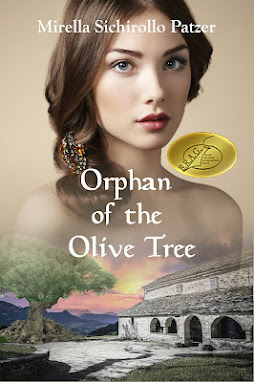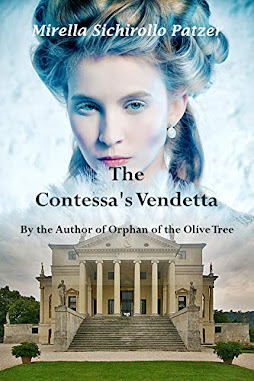Lavinia Fontana
Here is yet another fabulous lady in history, Lavinia
Fontana. This worldly renowned artist, was
born in the late sixteenth century at a time where women had very little clout
when it came to expressing themselves through art. But, lucky for her,
her father, Prospero Fontana, was a famous art teacher at the School of Bologna and therefore commissioned to great works in in their native city.
This made it easy for Lavinia to practice her craft daily- art was everywhere
around her. So it was that Lavinia-even
if not male- carried on the family tradition and business of making art for
sale.
Bologna being such an avant-garde place to flourish, Lavinia
initially painted for the well known nobles of Bologna. The aristocracy loved her and commissioned
her to paint their family portraits.
Besides portraits, Lavinia dabbled in several different genres and one
of her trademarks was altar art for churches.
Word of such great talent soon reached the ears of Pope
Clement III where in no time he summoned Lavinia to Rome. Lavinia
was quickly integrated into upper class circles where she was soon sought after
by Pope Gregory XIII as well. Her art naturally progressed onto the more religious type genre and was much favoured by the Church.
It was indeed a rarity for a female artist of those times to
be so well accepted- especially by the Vatican. One can only imagine what it
must have been like to have both Popes (Clement III and Gregory XIII) as
subjects in all their regalia, posing for her!
Although Lavinia dedicated much of her life to art, she did not remain single. She met Gian Paolo Zappi while
working in her father’s studio. Another marvel
for those times; Lavinia was the bread winner in that household! Zappi readily gave up his career to stay at home and
take care of their 11 children and also helped Lavinia out as her art
assistant.
Lavinia is known for having produced the largest number of
art pieces ever for a woman of the Renaissance.
Portrait of a noblewoman, by Lavinia Fontana
A book on Lavinia Fontana, by Caroline P. Murphy:
Another great historical woman of substance!
 |
| From History and Women |























Post a Comment
0 Comments